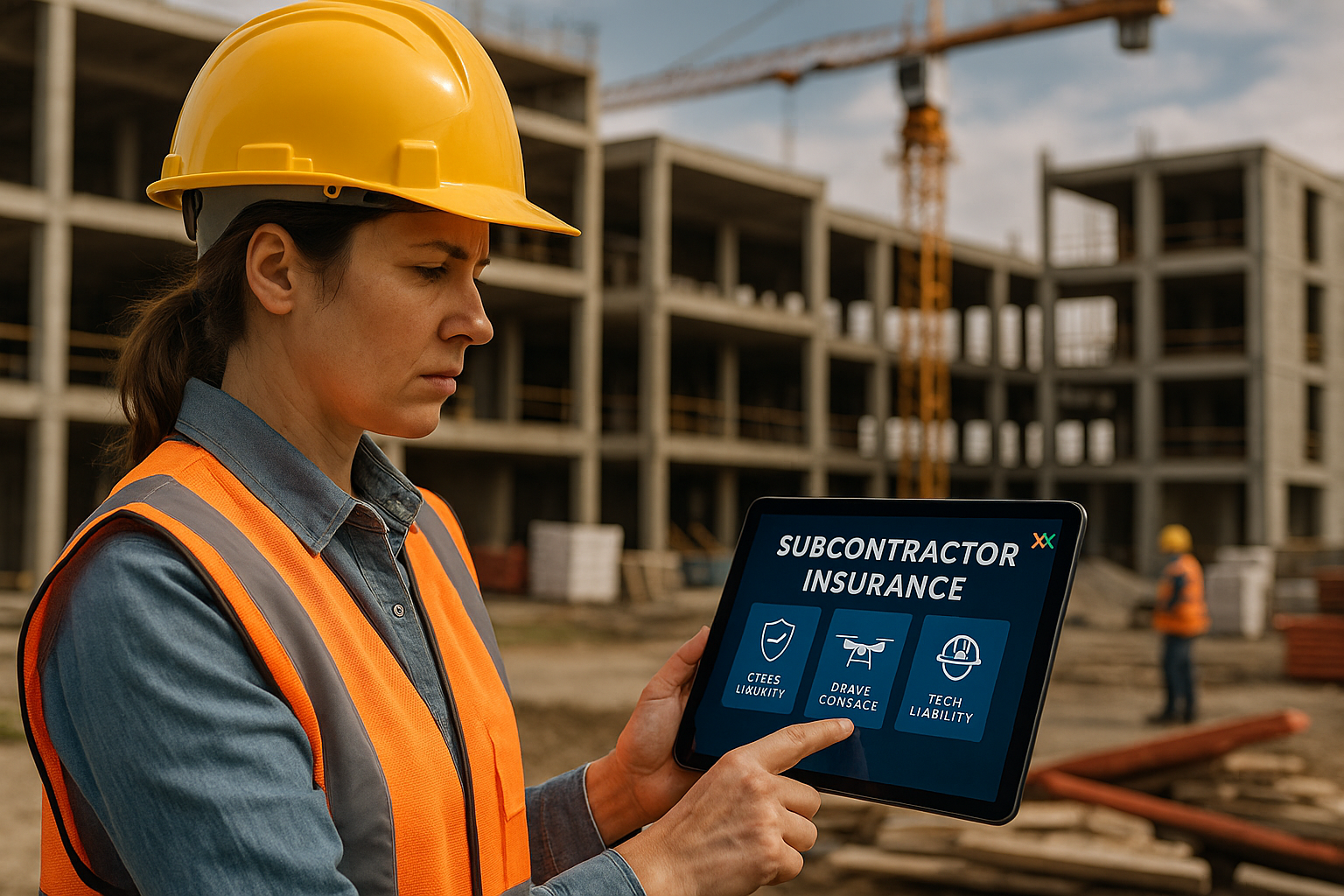Dust, Noise, and Vibration: Are You Monitoring the Invisible Risks?

On a construction site, it’s easy to spot obvious hazards—moving equipment, open edges, swinging loads. But some of the most dangerous risks are the ones you can’t see at all: airborne dust, excessive noise, and ground vibrations.
As jobsite standards evolve and client expectations rise, monitoring these invisible risks is becoming essential. It’s not just about compliance—it’s about protecting crews, projects, and your bottom line. Here’s a closer look at why it matters and how sub-trades are stepping up their game.
Why Invisible Risks Deserve Attention
Dust, noise, and vibration might not grab headlines, but they have real, lasting impacts:
- Dust inhalation: Fine particles, especially silica dust, can cause serious respiratory diseases over time.
- Noise exposure: Repeated high-decibel exposure damages hearing slowly—and permanently.
- Ground vibration: Heavy equipment can damage adjacent structures or compromise site safety.
New regulations—and growing client demands—are pushing contractors to prove they’re taking these risks seriously with real monitoring and proactive controls.
Example in Action:
A commercial subcontractor on a downtown high-rise project used portable dust and noise sensors throughout the site. Not only did it help them meet environmental reporting standards, but they also caught and corrected issues before neighbors complained or inspectors flagged violations—saving thousands in potential fines and project delays.
Strengths of Using Environmental Sensors
Today’s monitoring options make it easier than ever to stay compliant and proactive:
- Real-time alerts: Sensors can notify supervisors immediately if thresholds are crossed.
- Data logs: Continuous readings allow you to prove compliance over time—not just hope inspections go well.
- Worker protection: Addressing risks early improves health outcomes and morale.
- Client confidence: Proactive monitoring shows professionalism and commitment to safety.
What to Watch For
Monitoring brings value, but only if it’s done smartly:
- Choose rugged gear: Jobsite conditions are tough; your sensors need to survive dust, rain, and vibration.
- Train your team: Make sure field leaders understand how to respond to alerts and interpret the data.
- Stay proactive: Monitoring only helps if you’re ready to act quickly when thresholds are exceeded.
Another Real-World Example:
A civil contractor on a bridge project installed vibration monitors near neighboring structures. Early readings flagged potentially damaging ground shifts. By adjusting equipment use and work hours, they prevented complaints, avoided insurance claims, and strengthened client trust.
Practical Takeaways for Sub-Trades
Want to stay ahead of invisible jobsite risks? Here’s how to start:
- Pick your priority: Focus first on your biggest exposure—whether it’s dust, noise, or vibration.
- Start small: Pilot with a few portable monitors before expanding sitewide.
- Set clear action plans: Everyone should know what happens if an alert goes off.
- Document your efforts: Keep simple records of readings and corrective actions for compliance protection.
Final Thoughts
You can’t fix what you can’t see—or hear or feel. But with affordable sensors and smart planning, invisible risks can be brought under control before they cost you money, hurt your crew, or damage your reputation.
Monitoring dust, noise, and vibration isn’t just good compliance—it’s good business.
*Brought to you by Plexxis Software: Offering software solutions for the construction industry that integrates cloud, mobile and on-premise software to improve and enhance team performance.

Kyle Porter
Product Enhancement Leader
Share:
New From Plexxis

Green Bids: Winning More Work Through Sustainability Metrics

Beyond the Hard Hat: The Reality of Psychological Safety on the Job

Subcontractor Insurance: Are You Covered for Today’s Digital Risks?

